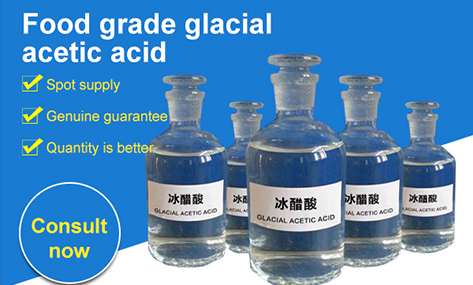
12 月 . 04, 2024 09:06 Back to list
how to store glacial acetic acid
Storing Glacial Acetic Acid Best Practices and Guidelines
Glacial acetic acid is a colorless, hygroscopic liquid with a strong, pungent odor. It is a key chemical in various industrial applications, including the production of plastics, synthetic fibers, and food preservatives. However, due to its corrosive nature and potential hazards, proper storage is crucial to ensure safety and maintain the integrity of the substance. In this article, we will explore the best practices for storing glacial acetic acid.
Understanding Glacial Acetic Acid
Glacial acetic acid is the pure form of acetic acid, containing 99% or more acetic acid with a melting point of around 16.6°C (62°F). It is commonly used in laboratories and industrial settings. Due to its ability to react with water and many metals, appropriate precautions must be taken when handling and storing this chemical.
Storage Requirements
1. Container Material The choice of container is critical when storing glacial acetic acid. It should be stored in containers made from compatible materials such as glass, polyethylene, or teflon. Metal containers, especially those made from aluminum or copper, should be avoided as they can corrode upon contact with the acid.
2. Sealing and Labeling Containers should be tightly sealed to prevent evaporation and contamination. Moreover, all containers must be clearly labeled with the chemical name, concentration, and corresponding hazard warnings to ensure that anyone handling the substance understands the risks involved.
3. Temperature Control Glacial acetic acid should be stored in a cool, dry environment away from direct sunlight and heat sources. Ideally, it should be kept at a temperature below 30°C (86°F). Elevated temperatures can increase the risk of evaporation and pressure buildup within the container, which may lead to leaks or spills.
how to store glacial acetic acid

4. Ventilation The storage area must be well-ventilated to disperse any vapors that may escape from the containers. Poor ventilation can result in the accumulation of fumes, posing health risks to personnel and increasing the likelihood of a fire hazard.
5. Restricted Access Storage areas should be restricted to trained personnel only. This reduces the risk of accidental exposure or misuse. Additionally, ensure that safety equipment, such as eyewash stations and fire extinguishers, are easily accessible in the event of an emergency.
6. Avoiding Incompatible Materials Acetic acid should not be stored near strong oxidizers, bases, or reactive metals as these can trigger dangerous reactions. Always consult a chemical compatibility chart before arranging storage to ensure that no hazardous combinations are present.
7. Secondary Containment It is advisable to have secondary containment systems in place, such as a spill tray or a bunded area, to contain any potential leaks or spills. This helps minimize environmental impact and ensures a safer workplace.
Emergency Preparedness
Despite all precautions, accidents can happen. Therefore, it’s crucial to have an emergency response plan in place. Make sure all personnel are familiar with the plan, which should include procedures for spills, chemical exposure, and fire emergencies.
Conclusion
Storing glacial acetic acid safely is imperative for any facility that handles this hazardous substance. By following these best practices, including using appropriate containers, ensuring proper ventilation, and restricting access, one can significantly reduce potential risks. As with any chemical, education and awareness are key to ensuring a safe working environment for all personnel involved in handling glacial acetic acid. Always stay informed about safety regulations and updates regarding chemical storage to maintain compliance and prioritize safety at all times.
